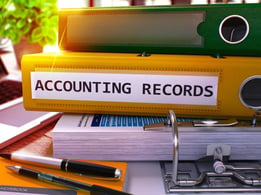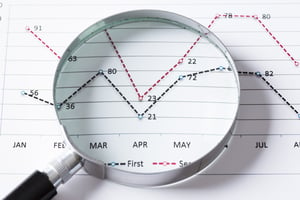
How Detailed Should Your Accounts Be?

The basic categories of a standard chart of accounts are assets, liabilities, equity, revenue, cost of goods sold, expenses and other income and expenses which are typically segregated by numerical grouping (for example, 1XXXX for assets, 2XXXX for liabilities, 3XXXX for equity, 4XXXX for revenue, 5XXXX for cost of goods sold, 6XXXX for expenses and 8XXXX or 9XXXX for other income or expenses, respectively). This numbering schema will support most balance sheet, equity, and profit and loss statement formats.
The challenge is determining the level of detail each category should be broken out into individual accounts. Building a lot of detail into the chart of accounts may seem like a good idea, but it can also slow your data entry down, result in coding errors and misinformation. Not building enough detail can curtail your ability to adequately and efficiently budget, analyze and report on your business’ activities. So how do you determine an appropriate balance?
What do you Want (and Need) to Know?
The level of detail by which each account category should be broken out primarily depends on the information you plan to report on. This includes requirements for audit, tax and compliance, and management reporting purposes. Every business and industry has its own specific focus, but here are some common issues you should consider around your reporting needs:

Audit
Whether your financial statements are designed using Business Intelligence or Financial Reporter, having sufficient level of account detail will enable the system to pull the data directly into the reports and minimize manual adjustments. You should think not only about what will be reported in the financial statements, but also what values or additional schedules will be reported in the footnotes.
Tip! If you are unfamiliar with the audit reporting requirements for your company, request a pro forma financial statement template from your auditors for your industry to give you a starting point.
Tax and Compliance
The more you can segregate reportable values in the general ledger, the less manually prepared schedules and analysis you’ll have to do for your various tax filings – saving you both time and money.
Tip! Speak with your tax preparer about your tax filing and reporting requirements – most tax preparers can provide a tax questionnaire for your industry that will help you determine what general ledger information should be broken out in detail.
Management

Knowing in advance the type of information that management will want to receive will help you determine which general ledger categories to break out in further detail and to what extent.
Building an effective chart of accounts is an important first step to implementing any accounting system. Taking the time to think ahead about the information you want and need to produce out of your general ledger can save you a lot of time and effort in the long run.
Need help building a new chart of accounts? Contact Equation Technologies. Our team of consultants include many CPAs and MBAs with 10+ years of business experience.
Equation Technologies
United States: 533 2nd Street Encinitas, CA 92024
Canada: #301 - 220 Brew Street Port Moody, BC V3H 0H6
Phone: 866.436.3530 • E-mail: info@equationtech.us
Equation Technologies ©2016